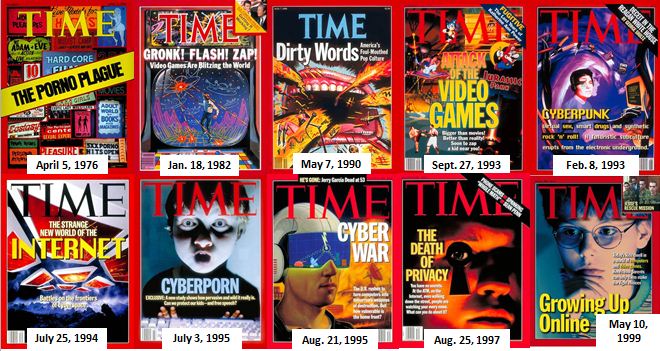3D-Printed Guns Are a Great Example of Technophobia in Media, Politics
They are years away (if ever) from becoming the choice of bad guys, who can already make untraceable weapons, so why all the fear-mongering?

The hysteria over guns created by 3D-printing technology is a classic example of media and political panic driven by fear of new technology rather than any sort of measurable threat. This is "Craigslist Killer" territory, where a relatively new technology is presumed to somehow unleash all new sorts of problems.
The federal government wisely chose to settle a sure-lose lawsuit with Defense Distributed, a "capitulation" to reality that immediately set off alarm bells among law enforcement and state-level governments.
Paul Penzone, sheriff of Maricopa County, Arizona, claimed in the pages of The Washington Post that "anyone with an Internet connection and a 3D printer—readily available in stores and online—will be able to make an untraceable handgun, rifle or assault weapon with just a few clicks."
Penzone further warns in the Post that "drug cartels, arms traffickers and terrorists will be able to increase their revenue and the volume of weaponry at the expense of our safety through an untraceable and unlimited method of firearms manufacturing and distribution."
Scary, scary stuff. And it's being echoed by President Donald Trump and the NRA, two groups whose support for the First and Second Amendments come with lots of qualifiers.
I am looking into 3-D Plastic Guns being sold to the public. Already spoke to NRA, doesn't seem to make much sense!
— Donald J. Trump (@realDonaldTrump) July 31, 2018
While stopping short of saying blueprints or CADs for 3D-printed guns should not be available to the public, the NRA has rushed to say that the objects themselves are already illegal under existing federal law:
Breaking: The NRA's Chris Cox is out with a statement on 3D printed guns. pic.twitter.com/C2NkyqyNDf
— Stephen Gutowski (@StephenGutowski) July 31, 2018
The reality of the situation, as I point out in a column for Foxnews.com, is that 3D-printed guns won't increase crime even if and when (and that's a Big Bertha-sized if and when) they become something other than a plaything for tech-forward hobbyists. The printing technology to crank out cheap and durable guns is a long time away, criminals already have access to more guns than they can use, and crime has gone down even as the number of weapons in circulation has gone up.
According to government data, since 1996 the number of firearms in America has nearly doubled, to 393 million guns. Over the same time period, it became easier to get concealed-carry permits to walk around armed.
And yet, "from 1993 to 2015, the rate of violent crime declined from 79.8 to 18.6 victimizations per 1,000 persons age 12 or older," according to the Bureau of Justice Statistics, which published a comprehensive report last October.
Over the same period, rates for crimes using guns dropped from 7.3 per 100,000 people to 1.1 per 100,000 people. The homicide rate is down from 7.4 to 4.9 per 100,000 people.
It's impossible to know whether the increase in guns caused the decrease in violence, but we do know for sure that it didn't spark a "Mad Max"-style free-for-all either. There is no reason to think that would change if and when 3D-printing allows us all to become our own gunsmiths in our home offices.
Unless you want to ascribe something magical to technology and panic the hell out, there's no reason to believe that the correlation between increases in gun ownership and decreases in violent and gun-related crimes will change.
3D printing is a revolutionary technology that is already having massive impacts on all sorts of manufacturing processes. It augurs a world of individualized drugs, one-off classic-car parts, and even on-demand human organs. To the extent that it allows people to do more of whatever they want, it threatens government control on a million different levels. But it's best to understand Cody Wilson and Defense Distributed's push on guns as a demonstration project of how technology is routing around old forms of regulation and control, not as an end in itself. That people in charge are flipping out the way they are will, ironically, only speed up the process by which they come to be seen as hopelessly retrograde and, ultimately, dispensable. When ride-sharing services came online, the old guard immediately tried to assert control and has been able to semi-successfully restrict new ways of doing business. But in the long run, taxi commissions will disappear. So too will the techno-panic over 3D printing. There will always be something even newer to be scared of.
Last night on Fox Business' Kennedy, Greg Gutfeld cited my column and the "demonic" Reason magazine, whose July issue included a story on how to legally make an "off-the-books gun with parts bought on the internet, to make many of these points. Take a look:


Show Comments (58)